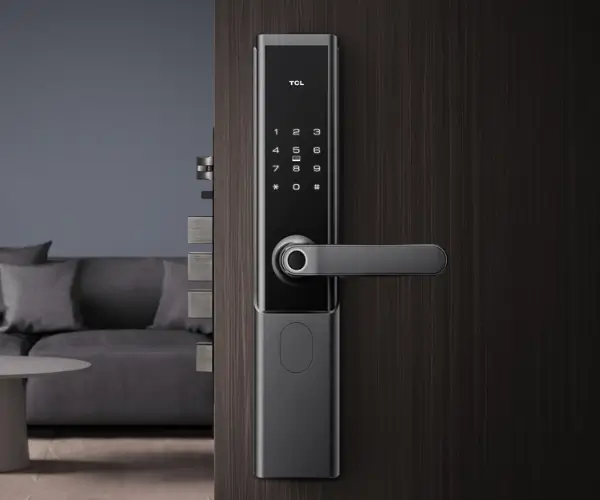Imagine a world where machines move with pinpoint accuracy, incredible strength, and silent efficiency. Behind the scenes of countless innovations — from autonomous robots to sophisticated manufacturing equipment — lies a quiet hero: the 24V DC gear motor. Compact, powerful, and adaptable, these motors are redefining how we think about motion control in modern technology.

Why choose a 24V DC gear motor? The voltage rating isn’t just a numeric label; it’s a key indicator of performance, compatibility, and power delivery. The 24-volt DC gear motor combines the affordability of standard DC motors with the enhanced torque and speed control that gearing provides. Whether you're designing a robotic arm, an automated conveyor, or a precise positioning system, understanding the specifications of these motors can unlock unparalleled potential.
The Basics of a 24V DC Gear Motor
At its core, a 24V DC gear motor is a device that converts electrical energy into mechanical motion, with the added benefit of a gear train that reduces speed while increasing torque. This gear train is integral—allowing for fine-tuned control, increased force at the output, and efficiency that can surpass traditional motors when used correctly.
But what are the critical specifications that define these motors? Let’s explore key parameters with a focus on what they mean for your application:
Voltage: The 24V specification tells you the ideal operating voltage. It ensures compatibility with your power supply system. Operating a motor at its rated voltage guarantees optimal performance, efficiency, and longevity.
Stall Torque: This measures the maximum torque the motor can produce when the shaft isn't moving. It’s crucial for applications requiring high starting force—like lifting or quick acceleration.
Rated Torque: Unlike stall torque, this refers to the torque the motor can handle continuously without overheating. It’s a good indicator of the sustainable load.
Speed (RPM): The no-load speed of the motor, often specified at the rated voltage, indicates how fast the shaft rotates. Gearboxing effectively reduces this speed to meet your application's needs, often down to just a few RPMs with high torque.
Gear Ratios: These describe how much the motor’s output speed is reduced and torque increased. Common gear ratios range from 5:1 to 1000:1, depending on application demands.
Efficiency: From an energy perspective, efficiency tells you how effectively electrical power is converted into usable mechanical motion. Higher efficiency means less wasted energy and longer device life.
Power (Wattage): Calculated based on voltage and current, power specifications inform you about the motor's capacity to sustain loads.
Size and Mounting Dimensions: Compactness and mounting compatibility are essential, especially for space-constrained integrations like robotics.
Brush Type: Most 24V DC gear motors are available in brushed and brushless configurations. Brushless motors tend to offer longer life, less maintenance, and higher efficiency.
Applications that Demand Precise Specification
The beauty of a 24V DC gear motor is in their versatility. They’re often found in robotic systems where precise movement and control are critical. Small-scale automation projects benefit from their consistent torque output, while large industrial setups utilize their durability and customizable gear ratios.
In robotics, for example, controlling speed and torque finely can mean the difference between a delicate pick-and-place operation and a clunky, inefficient process. In such scenarios, understanding the torque curve and gear ratios becomes paramount. A motor with a highly customizable gear ratio allows engineers to tailor motion precisely, saving energy and increasing efficiency.
Material and construction considerations also influence specifications. High-quality materials improve durability, reduce wear, and ensure stable operation over thousands of hours. Common materials like hardened steel gears and corrosion-resistant shafts extend the life span, which is especially important in harsh environments.
The Importance of Customization and Accessories
Many manufacturers offer modular options—gearboxes, encoders, braking systems—that align with specific application needs. Encoders, for instance, provide feedback on position and speed, enabling closed-loop control for robotics and automation. Integrated brake systems can hold position firmly even when power is cut, useful in positioning applications.
In conclusion of this section, understanding the specifications of a 24V DC gear motor is essential for designing efficient, reliable, and cost-effective systems. With options available for customization, these motors are poised to meet a wide array of challenges—from delicate sensor alignments to heavy-duty industrial tasks.
Kpower has delivered professional drive system solutions to over 500 enterprise clients globally with products covering various fields such as Smart Home Systems, Automatic Electronics, Robotics, Precision Agriculture, Drones, and Industrial Automation.




































